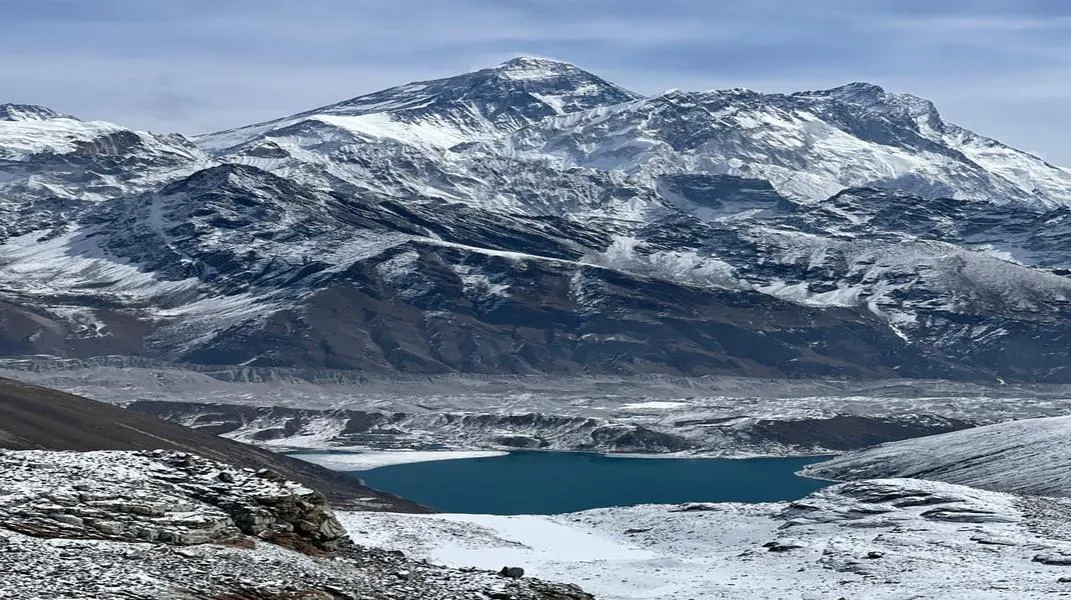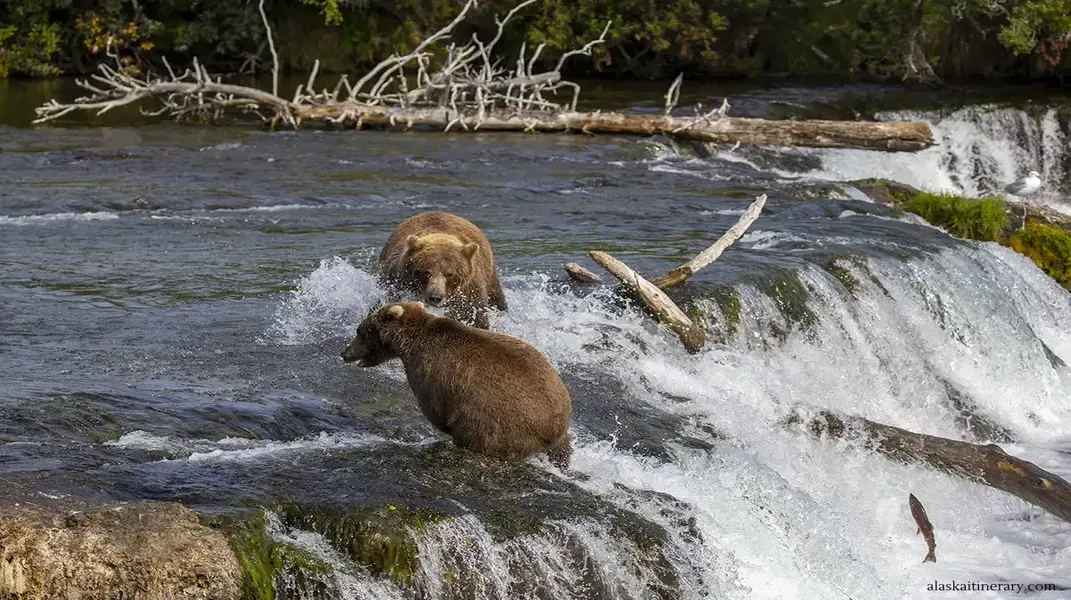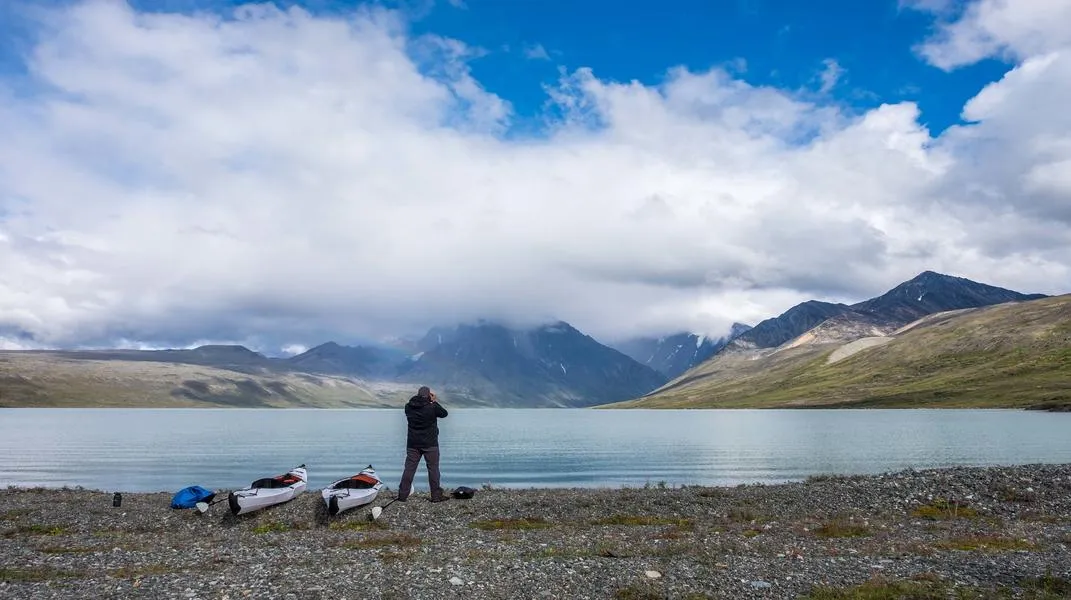Exploring Sagarmatha National Park: A Journey to the Roof of the World
Nestled in the heart of the Himalayas, Sagarmatha National Park is a UNESCO World Heritage Site that draws adventurers, trekkers, and nature enthusiasts from around the globe. Home to some of the highest peaks on Earth, including the iconic Mount Everest, Sagarmatha National Park is a breathtaking realm of towering mountains, deep valleys, glacial rivers, and rich biodiversity. This article will delve into the wonders of Sagarmatha National Park, providing a comprehensive guide for those eager to experience its majestic beauty.

The Essence of Sagarmatha National Park
Location and Geography
Sagarmatha National Park is located in northeastern Nepal, encompassing an area of approximately 1,148 square kilometers (443 square miles). The park was established in 1976 to protect the unique ecosystem of the region and was designated a UNESCO World Heritage Site in 1979. The park's name, "Sagarmatha," is derived from the Nepali language, meaning "Forehead in the Sky," which aptly describes the towering presence of Everest.
The park features a stunning array of landscapes, including rugged mountains, glaciers, and diverse flora and fauna. The elevation within the park ranges from 2,845 meters (9,301 feet) at Monjo to 8,848 meters (29,029 feet) at the summit of Mount Everest, making it one of the highest national parks in the world.
Biodiversity
Sagarmatha National Park is not only renowned for its dramatic landscapes but also for its rich biodiversity. The park is home to a variety of ecosystems, ranging from lush forests at lower altitudes to alpine tundra and glacial environments at higher elevations. Some of the notable species that inhabit the park include:
- Flora: The lower regions of the park are characterized by rhododendron forests, pine trees, and shrubs. As the altitude increases, the vegetation transitions to alpine meadows and hardy grasses.
- Fauna: Wildlife in Sagarmatha includes iconic species such as the red panda, snow leopard, Himalayan tahr, and various species of pheasants. The park is also home to numerous migratory birds, making it a paradise for birdwatchers.
Cultural Significance
The region surrounding Sagarmatha National Park is rich in Sherpa culture. The Sherpas are an ethnic group known for their mountaineering skills and deep spiritual connection to the Himalayas. Their villages, such as Namche Bazaar and Khumjung, serve as gateways to the park and offer visitors a glimpse into their traditional way of life. The park is dotted with ancient monasteries, prayer flags, and stupas, reflecting the spiritual significance of the mountains to the local people.
Attractions within Sagarmatha National Park
Mount Everest
The pinnacle of Sagarmatha National Park is undoubtedly Mount Everest. As the tallest mountain on Earth, it attracts climbers from around the world who seek to conquer its summit. For those who may not be experienced climbers, the trek to Everest Base Camp (EBC) is a popular alternative. The trek offers stunning views of the mountain and surrounding peaks, as well as the chance to experience the local culture.
Everest Base Camp Trek
The Everest Base Camp Trek is one of the most famous trekking routes in the world. The journey typically takes around 12-14 days and covers approximately 130 kilometers (81 miles) round trip. The trail passes through picturesque villages, lush forests, and breathtaking landscapes. Key highlights of the trek include:
- Namche Bazaar: The bustling hub of the Khumbu region, this Sherpa town is known for its vibrant markets, teahouses, and stunning views of the surrounding peaks.
- Tengboche Monastery: Situated at an altitude of 3,867 meters (12,684 feet), this monastery is an important spiritual center for the Sherpas and offers panoramic views of Everest and Ama Dablam.
- Kala Patthar: This viewpoint, located at 5,545 meters (18,192 feet), provides one of the best vantage points to witness the majesty of Mount Everest up close.
Gokyo Lakes and Gokyo Ri
Another popular trek within Sagarmatha National Park is the Gokyo Lakes trek. This route takes you to a series of stunning glacial lakes at high altitude, surrounded by dramatic mountain scenery. The highlight of this trek is the ascent of Gokyo Ri, a peak that offers breathtaking views of the Everest range and the turquoise Gokyo Lakes.
Khumbu Glacier
The Khumbu Glacier, located near Everest Base Camp, is one of the most famous glaciers in the world. Trekking along the glacier provides a unique opportunity to witness the effects of climate change on these massive ice formations. The surrounding landscape, dotted with ice seracs and crevasses, is both awe-inspiring and humbling.
Preparing for Your Visit
Visiting Sagarmatha National Park requires careful planning and preparation. Here’s a comprehensive list of materials and considerations for your trip:
1. Permits
Before embarking on your trek, you will need to acquire the necessary permits:
- Trekkers' Information Management System (TIMS) Card: This card is required for all trekkers in the Annapurna and Everest regions. It helps track tourist movements and ensures safety.
- Sagarmatha National Park Entry Permit: This permit must be obtained upon entering the park. The fees are used for park conservation efforts.
2. Gear and Equipment
Packing the right gear is crucial for a successful trek. Here’s a list of essential items:
- Clothing: Layered clothing is advisable, including moisture-wicking base layers, insulating mid-layers, and waterproof outer layers. Don’t forget a warm hat, gloves, and a neck gaiter.
- Footwear: Sturdy, comfortable trekking boots with good ankle support are essential. Consider bringing a pair of sandals for relaxing after long days of hiking.
- Backpack: A comfortable, well-fitted backpack will hold your essentials. A daypack for short hikes is also useful.
- Sleeping Gear: A sleeping bag rated for cold temperatures is necessary, especially if you plan to stay in tea houses or camps.
- Trekking Poles: These can provide stability and reduce strain on your knees during steep descents.
- Other Essentials: Sunscreen, sunglasses, a first aid kit, water purification tablets, snacks, a camera, and a power bank for electronic devices.
3. Health and Safety
- Acclimatization: Due to the high altitude, acclimatization is crucial to avoid altitude sickness. Plan for rest days and ascend gradually.
- Travel Insurance: Ensure you have comprehensive travel insurance that covers trekking and potential evacuation.
- Medical Kit: Carry a basic medical kit with altitude sickness medication, pain relievers, and any personal medications.
4. Physical Preparation
Trekking in Sagarmatha National Park is physically demanding. Preparing your body through cardiovascular exercises, strength training, and long hikes before your trip will enhance your endurance and enjoyment.
5. Local Customs and Etiquette
Respecting the local culture is essential while visiting Sagarmatha National Park. The Sherpa community holds their traditions and beliefs in high regard. Here are a few tips:
- Always ask for permission before taking photographs of people or their property.
- Dress modestly, especially when visiting villages and monasteries.
- Be respectful during religious ceremonies and avoid disturbing sacred sites.
Conclusion
Sagarmatha National Park is a treasure trove of natural beauty, cultural heritage, and adventure opportunities. Whether you are a seasoned trekker aiming for the summit of Mount Everest or a first-time visitor exploring the trails, the park offers an unforgettable experience. With careful planning, respect for the local culture, and an adventurous spirit, you can embark on a journey that will leave you in awe of the majesty of the Himalayas and the resilience of the Sherpa people.
So lace up your hiking boots, pack your bags, and get ready for the adventure of a lifetime in Sagarmatha National Park, a true gem of the natural world.




